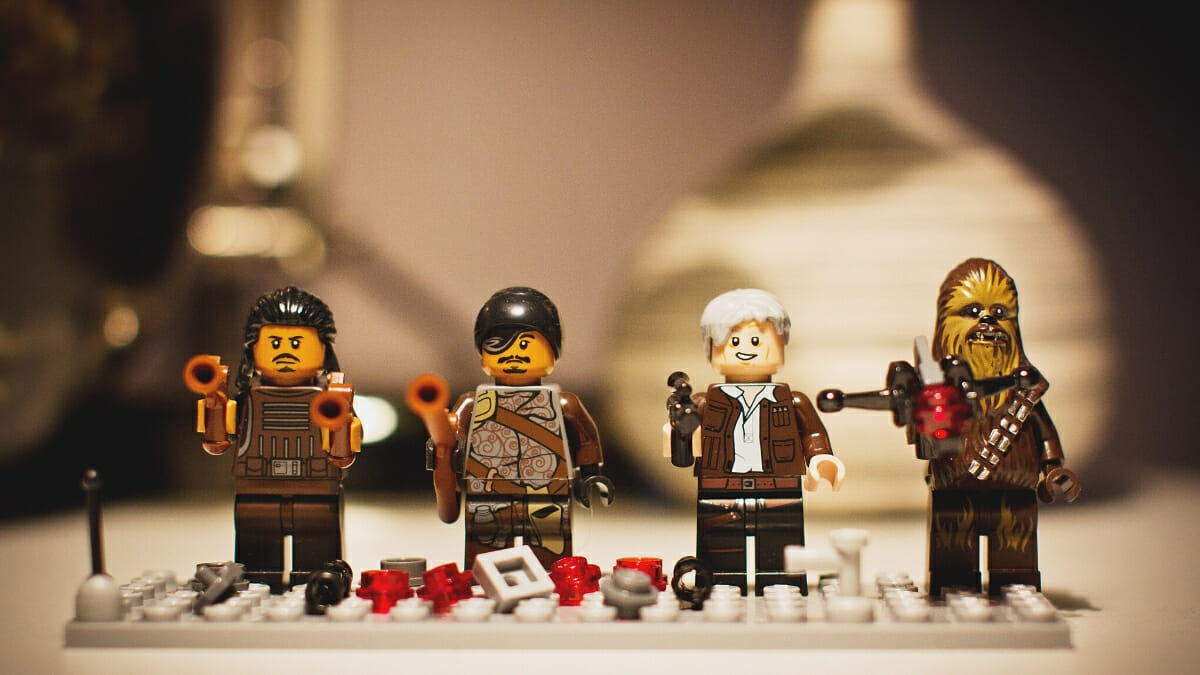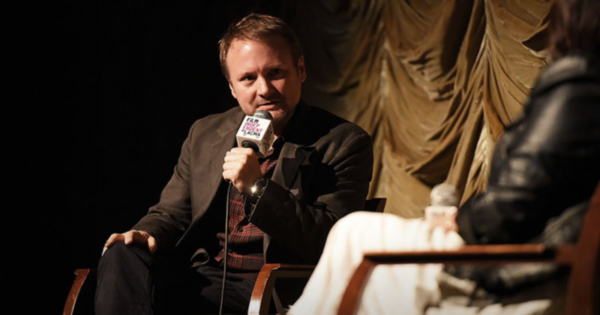

For a truly effective screenplay, you must know your characters backwards and forward. In screenwriting, the moment you begin to imagine character relationships – how your character deals with his parents, his siblings, his coworkers, and all that – you start to explore the world of your story, and suddenly scenes begin to emerge.
As you research your character (context, culture, occupation), creating details (attitudes, values, emotions), developing backstory (physiology, sociology, psychology), and establishing personality and behavior, you start putting the character in different situations in your mind, and you begin to imagine him or her in the most mundane and most exciting moments of his life.
The courage to deal with the trivial and banalities is something you should develop. Because often the best stories in screenwriting, are made from the most commonplace material, and if you don’t know how your character cooks dinner, does laundry, brushes his teeth, or what his little vexations are, his petty likes and dislikes, a dynamic, a full story will never happen.
Frank Daniel, the former chair of the Film Division at Columbia University and past dean of the School of Cinema-Television at USC, echos the point in five simple words: “A story starts with character.”
So if character is the key, and stories are only as good as the characters within them, you better create some damn, fine, outstanding characters.
The screenwriter should never decide where a character will go next or how a character would react or what a character would say in a given situation. And if you’ve done your homework, really enveloped yourself within the character iceberg, and you know your characters intimately, the rest is easy. The character tells you. All you have to do is listen.
In this section, not only will you learn how to create memorable characters through research, development, and psychological methodologies, but you will also begin to understand the character hierarchy, the application of major character roles in film, the importance of the most common archetypes that are used, and you learn how to write much better dialogue: show don’t tell.



